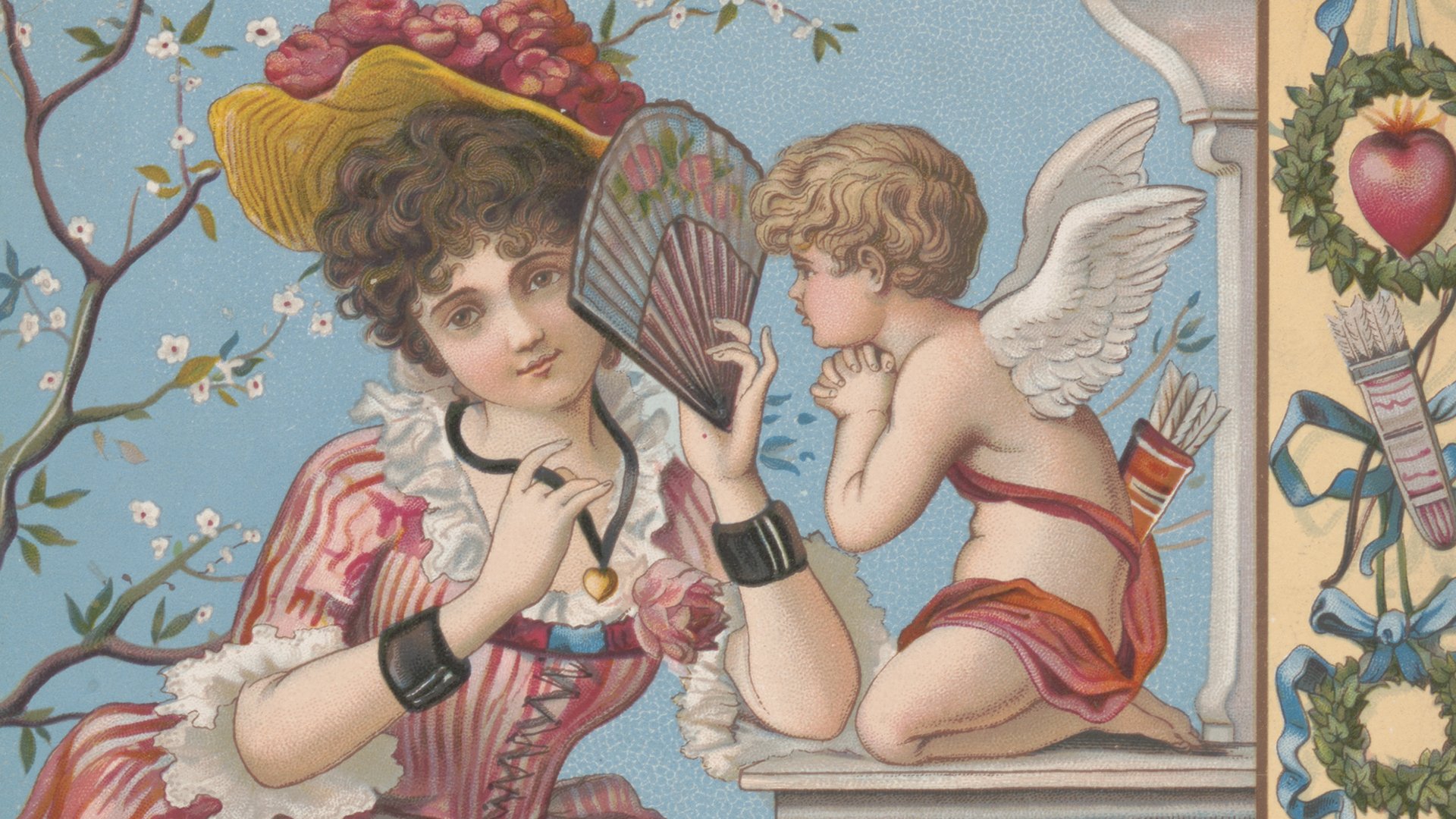Christmas in Poland

Poles celebrate Christmas with a few unique traditions.
A giant illuminated ship is suspended from the ceiling at the shopping mall Forum in Gdańsk, Poland (2018). Photo by DannyWithLove.
Intro
Poles celebrate Christmas much like people in other European nations, decorating trees, viewing grand illuminations, and singing a few carols, but there are also some unique traditions that are observed in the Yuletide season.
87% of the Polish population identifies as Roman-Catholic. Like in many Christian nations, Christmas is a religious holiday in Poland. In Polish, Christmas is called Boże Narodzenie, which literally translates to “God’s Birth.”
Christians wait all month to celebrate the birth of Jesus Christ, in a period known as Advent. Most Christmas traditions are observed on Christmas Eve, December 24th.
Pokłon Trzech Króli (Adoration of the Magi), watercolor and tempera on paper glued to the canvas, by Kazimierz Sichulski (1913). Via the Polish Government.
Placing hay under the tablecloth (undated, circa 2010). By an unidentified photographer and via St. Jadwiga in Złocieniec (color-corrected).
Hay Under the Tablecloth and an Open Seat
Some families place hay under their tablecloth, in memory of the stable in which Jesus was born. This serves as a reminder of simplicity and modesty, though this tradition has become less common within the last half-century.
Families may also leave an empty seat at the table, a pre-Christian tradition that once served as a reminder of deceased relatives. Today, the seat is available for an unexpected guest such as a weary traveler or lonely neighbor.
Christmas card depicting the Three Kings following the Star of Bethlehem on horseback, postcard, by Wacław Boratyński (early 20th century). Via Sokołowska Kultura (color-corrected).
Finding the First Star
Before Christmas Eve dinner — called Wigilia — may begin, families must find the first star in the night sky. This is a reference to the Star of Bethlehem which lead the Three Kings to the birthplace of baby Jesus. Children are usually given this task. During which time, presents are placed underneath the Christmas tree.
Sharing wafers (opłatki) (undated, circa 2021). Photo by Teresa Kasprzycka and via Super Express (cropped).
Sharing a Wafer
Prior to sitting down, families share and eat a wafer (opłatek) while offering wishes to one another. This is an homage of the Last Supper in which Jesus shared bread with his disciples. It is common to wish for academic or career success, as well as good health. Wafers are made from flour and holy water, and they feature an assortment of designs.
The Last Supper (After Da Vinci), salt relief, 1927-28, by Antoni Wdrodek, St. Kinga’s Chapel, Wieliczka Salt Mine, Wieliczka, Poland (2007). Photo by Adam Kumiszcza and via Wikimedia (color-corrected and cropped).
12 Course Dinner
Finally, families will sit down to dine together, sharing a total of twelve courses, in reference to the twelve disciples. Each item served counts as a course. Meals vary by region and family, but meat is never served. Dinner begins with hot food — soup is always first — and then cold dishes are placed on the table.
The main course is karp zatorski, a species of carp unique to Poland, which may be served in a variety of styles. It is less popular with younger generations — myself included — who complain about its many bones and muddy taste.
The meal concludes with a drink of compote, served hot or cold, with desert. The compote usually includes prunes, meant to aid digestion after the feast. Desert may be sernik (cheesecake), piernik (gingerbread cake), or makowiec (roll cake with poppy seeds).
For example, a complete Wigilia may look like this:
Barszcz (borscht / beet soup)
Mushroom Soup
Pierogi (dumplings, usually filled with cabbage and mushrooms)
Noodles with Poppy Seeds
Karp Zatorski (Polish Carp)
Bigos (a cabbage and pork stew)
Herring (served with oil and onions)
Potato Salad
Bread
Greek-style Cod (served with tomato sauce)
Compote with dried fruits (often including prunes)
Cake (such as sernik, piernik, or makowiec)
Barszcz (beet soup) with dumplings (undated, circa 2021). By an unidentified photographer and via EasySend (cropped).
Roasted Polish carp (2014). Photo by teresaterra and via TVN24 (cropped).
Makowiec (roll cake with poppy seeds) (undated, circa 2021). Photo by Dar1930 and via Beszamel (cropped).
St. Mary’s Basilica, Kraków, Poland (undated, circa 2021). By an unidentified photographer and via the Basilica’s official website (color-corrected and cropped).
Midnight Mass
Christmas Eve simply isn’t complete without a church visit. After dinner, families will attend a Pasterka, or Shepherds’ Mass, named in memory of the shepherds who were the first to learn of the birth of Jesus. This special celebration is like a typical mass with plenty of Christmas carols. Midnight mass is the most popular but there are earlier times for the elderly and families with young children.















